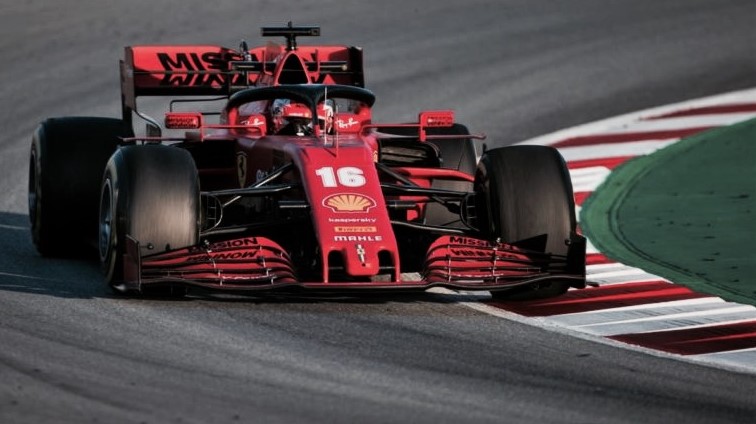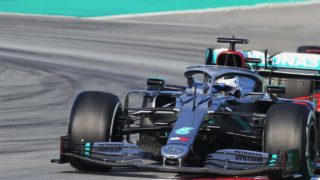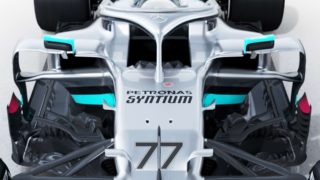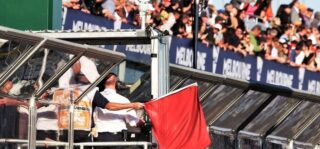
PHOTO CREDIT · Xpb
Ferrari, il rebus dell’ultima nata: quanto vale la SF1000?
giovedì 27 febbraio 2020 · Test
tempo di lettura: 3 minuti
Accumula chilometri la Ferrari ai test di Barcellona, ma i tempi non arrivano. Perlomeno non ancora: nella classifica aggregata, il Cavallino paga due secondi e mezzo al miglior giro della Mercedes. E d’accordo che la rossa la prestazione ancora non l’ha cercata, ma nel box nemmeno si percepisce quella fiducia che c’era nel 2019 per un’auto tanto celebrata eppure tanto storta.
Non fa misteri Mattia Binotto, a metà dei test – che significa dopo tre giornate su sei a disposizione, e tutte a Barcellona – è complesso il quadro sulla validità tecnica del nuovo progetto:
Simply looking at the delta pace and eventually what we may assess in terms of fuel load, looking at the picture relative to ourselves, I think we are not as fast as they are. Do we have any concerns? Certainly yes, when you are not as fast as you would like to be.
Non è da buttare, comunque, la SF1000 che nasce con l’obiettivo dichiarato di guadagnare nella percorrenza in curva, anche a sacrificio della velocità di punta. Leclerc nelle interviste sostiene che il progresso dell’auto sotto quest’aspetto si vede, soprattutto nel terzo settore, che a Barcellona è il più vario e guidato:
I think the biggest strength is the speed around the corners. I’m pretty sure we have improved and I can go quicker through the corner. So this is good. That was the goal for this year. And I think on that we are we are fine.
Il che apre uno spiraglio all’ottimismo misurato, anche alla luce del fatto che l’allarme sull’affidabilità del motore è rientrato, dopo le verifiche in sede sull’unità che è andata ko con Vettel. Scrive la squadra:
The unit has been stripped and checked in Maranello. The fault was traced to a non-structural problem with the lubrication system. It’s not a cause for concern and work to correct it is already underway.
Infine, la questione dell’innovazione. Che dà la misura dell’approccio al rischio, perché Binotto in merito al sistema das della Mercedes confessa che la Ferrari un’idea del genere l’aveva anche avuta e poi non l’ha messa in pratica, da un lato nel timore che fosse illegale, dall’altro per una questione di coerenza tecnica della macchina:
The DAS system is something we considered in the past but we didn’t design and develop. The reason, first, is merely a legality matter, which we didn’t clarify with the FIA at the time. Second, we believe it is not worthwhile for our car and our car concept. We are looking at what the others doing. At the moment it is really a question mark. I’m not sure we will develop it.
Insomma la Ferrari non s’è giocata una carta che invece la concorrenza ha trovato il modo di far passare. E adesso, ammesso pure che la Ferrari scelga di adottare pure sulla SF1000 lo sterzo mobile, non se ne parla prima di luglio, a metà di un campionato che parte fra mille incognite, anche logistiche per via dell’emergenza sul coronavirus e rischia seriamente di perdere tappe e subire rinvii.
Barcellona, Binotto, Ferrari, Fia, Leclerc, Mercedes, Vettel,





